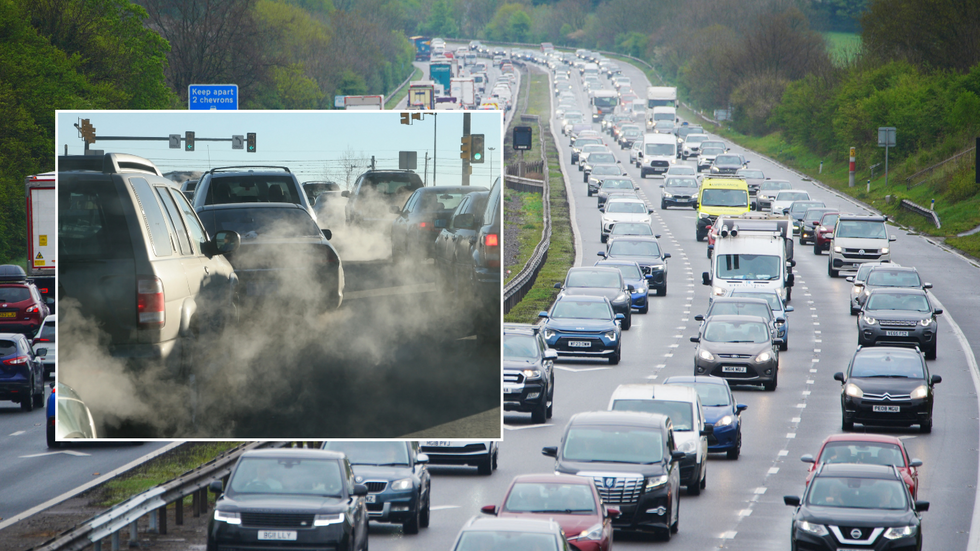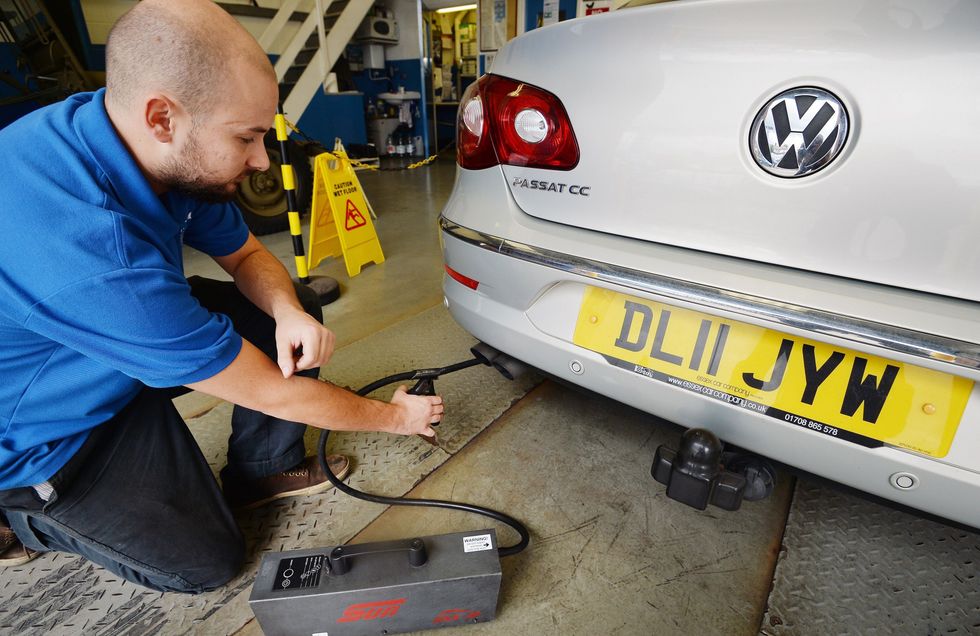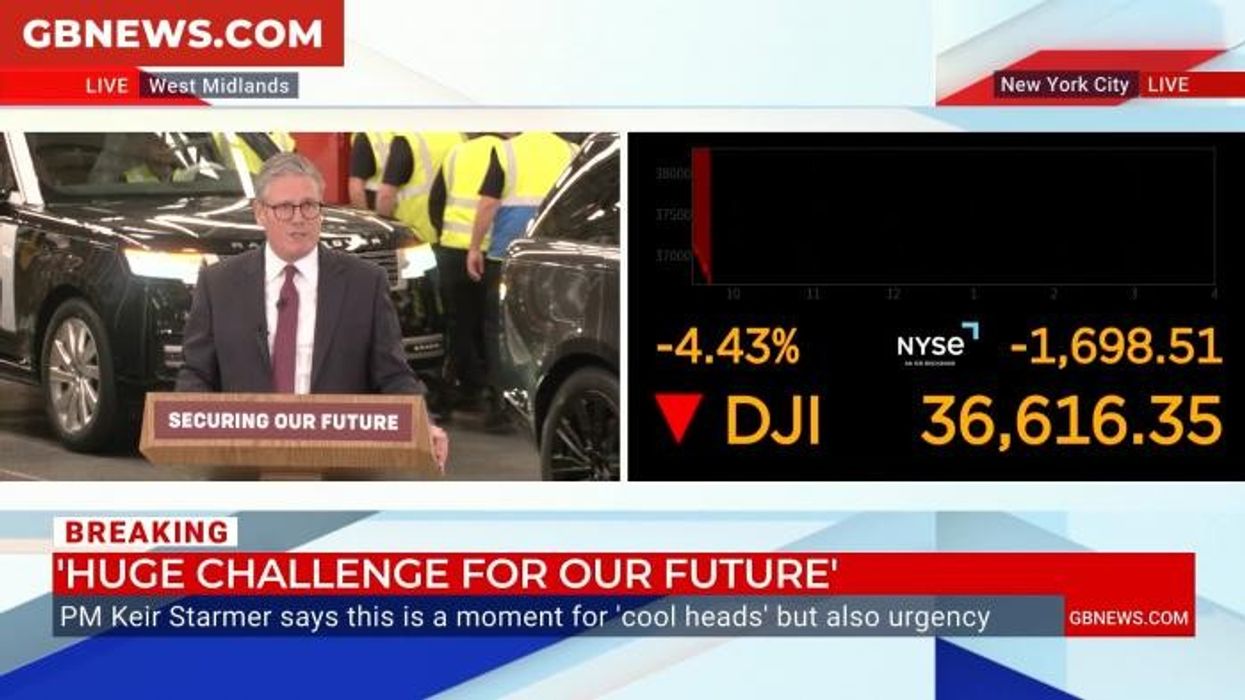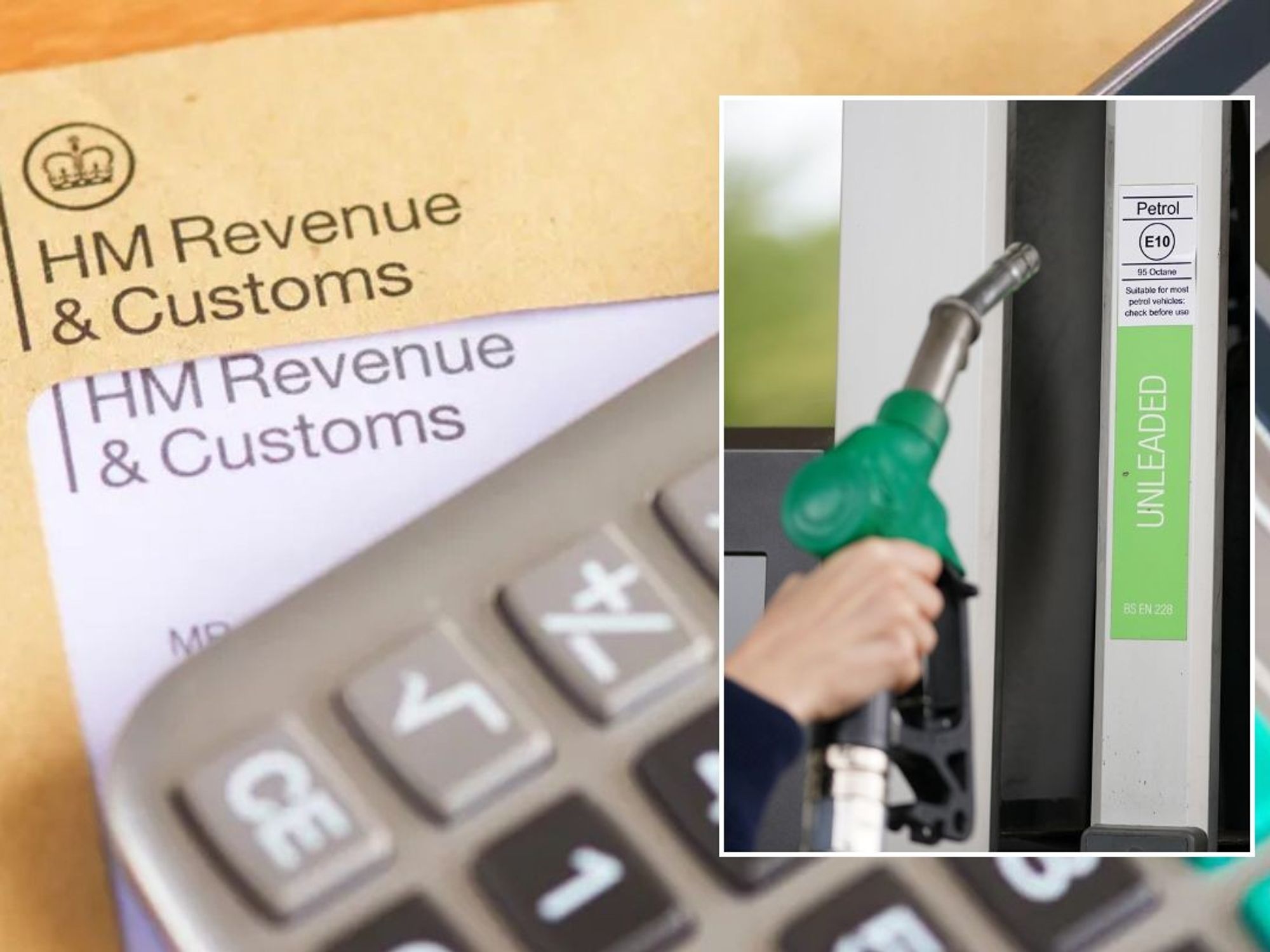Drivers may need to meet new emission rules ahead of petrol and diesel 2030 ban - 'Important opportunity'

Euro 6e standards offer stricter emission rules for hybrid vehicles
Don't Miss
Most Read
Labour has been urged to adopt Euro 6e standards for plug-in hybrid electric vehicles (PHEVs) "as soon as possible" to strengthen the Zero Emission Vehicle (ZEV) mandate.
The International Council on Clean Transportation (ICCT) has highlighted that current testing methods significantly underestimate real-world emissions from PHEVs, creating a loophole in the UK's ambitious climate policies.
Following a public consultation, the Department for Transport has already approved the rollout of Euro 6e emissions vehicles onto UK roads, although the date has yet to be confirmed.
However, critics have argued that delaying the implementation of more accurate PHEV utility factors could undermine carbon reduction targets and slow the transition to fully electric vehicles.
Do you have a story you'd like to share? Get in touch by emailing motoring@gbnews.uk

Euro 6e standards have been adopted across Europe with the UK set to follow
|GETTY/PA
Euro 6e is the latest exhaust emission standard for cars and light goods vehicles, representing a more stringent environmental requirement than the current Euro 6d standard in the UK.
Introduced as part of the GB whole vehicle type approval scheme, Euro 6e includes changes to both laboratory and on-road test procedures to ensure vehicles meet emissions requirements in real-world conditions, not just in controlled settings.
The Department for Transport noted in its March 2024 consultation outcome that Euro 6e "is a more stringent environmental requirement for vehicle manufacturers to meet than Euro 6d." However, certification to Euro 6e does not automatically guarantee compliance with Euro 6d standards.
The ZEV mandate sets ambitious targets for manufacturers, requiring 80 per cent of new cars and 70 per cent of new vans to be electric by 2030.
Under the mandate, ZEVs include battery and hydrogen fuel-cell electric vehicles, but not plug-in hybrids or vehicles using e-fuels.
The policy has already shown success, with manufacturers achieving a compliance rate of 24.3 per cent for cars in 2024, exceeding the 22 per cent target, although the van market fell slightly short at 9.3 per cent against a 10 per cent target.
The current PHEV utility factors used in emissions testing significantly underestimate real-world carbon dioxide emissions.
According to MPH Vehicle Solutions, under Euro 6e-bis, the Utility Factor has increased from 497 miles to 1,367 miles, reflecting real-world usage more accurately but significantly raising official CO2 values.
LATEST DEVELOPMENTS:
This change could dramatically impact company car drivers, potentially doubling current CO2 rates and Benefit-in-Kind tax rates.
The ICCT noted that the UK consultation outcome allows manufacturers to submit "old" PHEV CO2 scores for compliance purposes, making PHEVs "a very compelling option for compliance" with the ZEV mandate, especially as more longer-range PHEVs enter the market.
Dale Hall, Program Lead at the ICCT, has emphasised that switching to Euro 6e PHEV utility factors "as soon as possible, and no later than January 1, 2028, is an important opportunity to strengthen the policy."
In his analysis, Hall warned that the UK's proposed changes to the ZEV mandate create "a large opening for PHEVs" that could undermine carbon reduction targets.
 The Euro emissions standards were introduced in 1992 | PA
The Euro emissions standards were introduced in 1992 | PAHall's research suggested that under current regulations, manufacturers could comply with the ZEV mandate through 2029 by selling more PHEVs than actual zero emission vehicles, creating a risk of "PHEV lock-in" that could slow the transition to fully electric cars.











